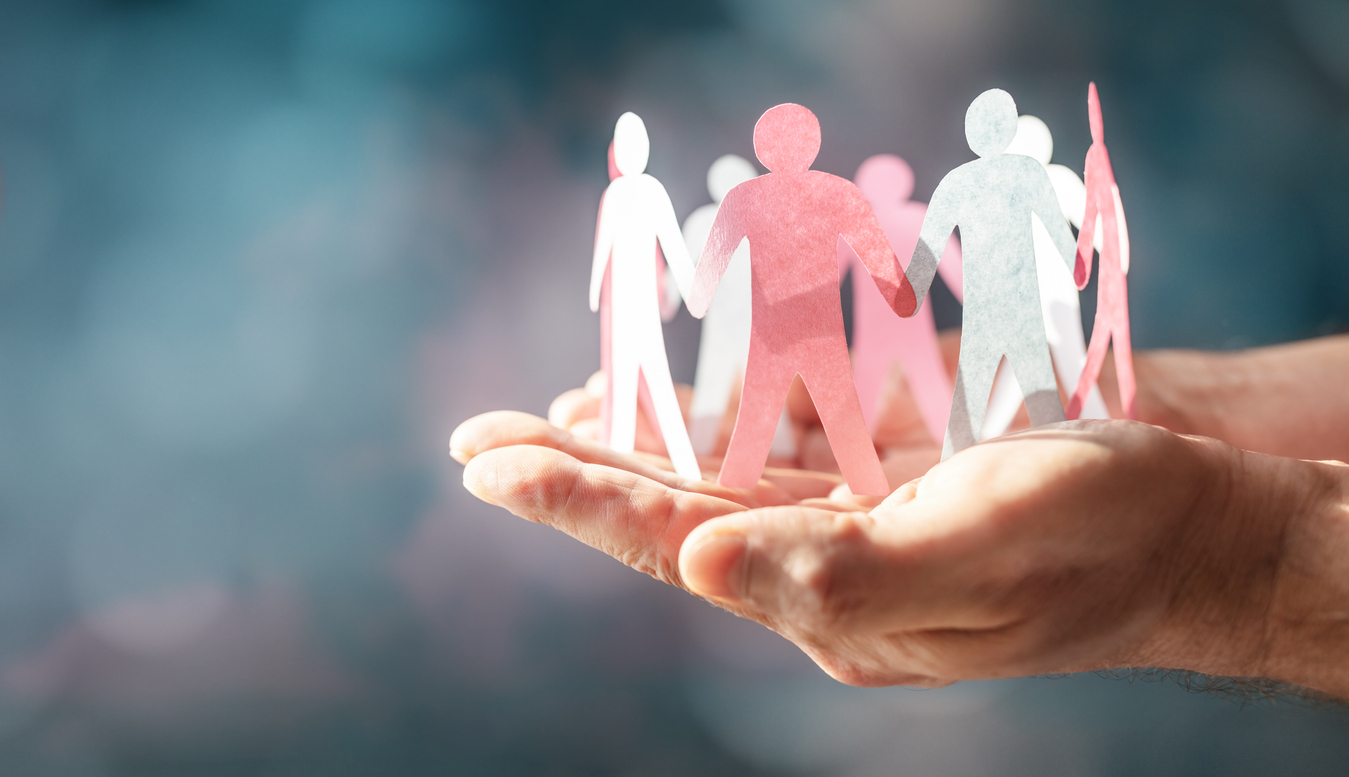At this time of year, almost everyone is wishing each other “Happy New Year,” even to strangers. It is a universal wish that we all want to be happy (except for the occasional Scrooge and his “Bah, humbug!”).
Besides wishing general happiness to others, some people also make resolutions for specific improvements in their own lives. For some who are successful in life or are emotionally mature, resolutions may not seem necessary, as they pursue their goals. For others, however, life may be difficult, and hope can seem elusive or irrelevant. They may live with the depressing, desperate, sense that nothing can ever change for the better – the awful realization that this is your life, and the meager amount of happiness you now enjoy is all that you can expect in the future, so why bother making unrealistic New Year’s resolutions, bound to fail.
Except: our humanity seems to require that we stay hopeful in life, lest we slide into bitterness or despair, and give up on life. So it is not merely a bit of fun to make a New Year’s resolution. For many it is a concrete expression of hope.
Hope actually comes in numerous different flavors of feeling: from the unrealistic (I hope I’ll win a million dollars in the lottery), to the heartfelt (I hope I can be more kind and less neglectful/critical of my partner/children/friends), to the challenging (I hope I can finally finish my big project), to the dire and almost unspeakable (I hope I won’t kill myself), to the hoping against hope (I hope I won’t relapse into addiction).
It can be scary for some even to wish for a better life. It is even more daunting to commit oneself to those actions necessary to make the wish into reality. Hopeful resolutions need to be followed by disciplined actions, which is where some of our clients/patients can appear inadequate. Yet even voicing their wishes (and their apprehensions) is useful, and provides us therapists with an opportunity to explore the various feelings (and beliefs and behaviors) that our patients/clientengage in, about improving their futures.
New Year’s resolutions are often about getting rid of bad habits, but the good routines and choices in a client’s/patient’s life also need to be recognized, as positive weights in the scales of life. Resolutions unfortunately can be an occasion for finding fault with oneself and heaping on guilt, instead of being a creative exercise in finding opportunities for growth. Sometimes deliberately doing a very small positive action can provide that bit of optimism needed to build up one’s hopes.
At the same time, some setbacks can be expected. We humans may wish for great things, but our human flaws make life’s journey more complicated than the familiar conclusion to traditional children’s tales — “they lived happily ever after.” Most New Year’s resolutions fade or fail because they don’t include a clear way of dealing with the near-inevitable lapses, forgettings, and willed avoidances that humans are prone to. To keep alive the hopes for a fresh start, people need three things: (1) a conscious expectation that slips will occur, naturally; (2) a prepared, rehearsed reminder that one slip does not invalidate the resolution, and that one can start over again the next day; (3) a willingness to praise oneself when one does renew the resolution’s focused activity.
As therapists, it is often appropriate at New Years to ask our patients/clients: How would you like this new year to resemble or be different from the previous year? Our next words will be guided by their answer, whether it be optimistic, ambivalent, pessimistic, or evasive. New Years is the time when a client’s/patient’s formative past, recent present, and future imagining all come together – a confluence of all the implications of Time and how we hope to use it, given our experiences to date. When the calendar changes from the year now past to the next one beginning, everyone is alert to this special event, so it is a natural season to step back and look at the big picture of a person’s life. This is the prime time to make a review (of past behaviors and attitudes), then reflect (on present feelings and beliefs), and finally resolve (to translate hopes into actions).
Generally, we believe that everyone has a hope of betterment buried somewhere within them. Sometimes it can feel threatening to mention even in a therapy session. But we are trained in ways of facilitating the verbalization of the difficult. Perhaps it comes as a faint day (or night) dream, or perhaps as a guided fantasy, e.g., of being granted three wishes at the invitation of the Good Fairy as she waves her magic wand. Sometimes it takes daring to imagine something that seems impossible to have – which is where we therapists can help, in the emergence of a hope, something fragile and vulnerable, yet so important.
Making a New Year’s resolution is all about keeping hope alive.
Article written by Guest Author, David C. Balderston, Ed.D., LMFT





